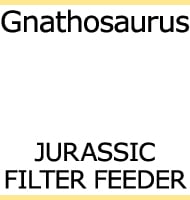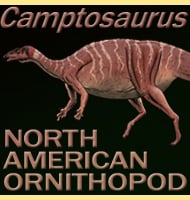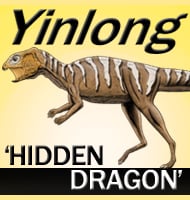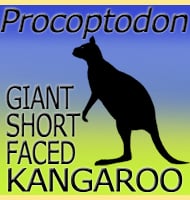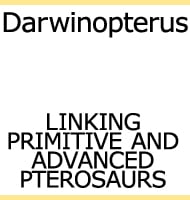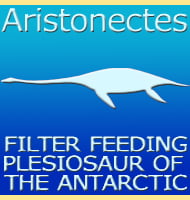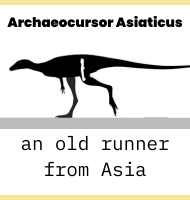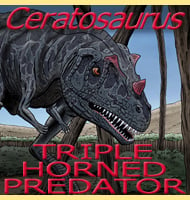In Depth
Whereas most modern mustelids are relatively small predators that hunt small animals, Megalictis was the prehistoric giant that was comparable to modern dogs and big cats. However exactly how big remains a matter of debate amongst researchers with some saying that Megalictis was relatively light weight at around twenty kilograms, with others suggesting as much as sixty kilograms if not bigger.
Today Megalictis is often described as being physically similar to the wolverine (Gulo gulo) only much bigger. With this in mind it was probably a generalist predator that could adapt to tackling a variety of different prey that could have also included other small predators as well as herbivores. Because of the physical proportions and joints of the limbs, Megalictis was better suited towards ambush hunting rather than open pursuit. Megalictis probably existed in the same predatory niche as its large relative Ekorus from Africa.
Further Reading
– A Lower Miocene fauna from South Dakota. – Bulletin of the American Museum of Natural History 23(9):169-219. – W. D. Matthew – 1907. – The Miocene Beds of Western Nebraska and Eastern Wyoming and Their Vertebrate Faunae. – Annals of Carnegie Museum 4(3):21-72. – O. A. Peterson – 1907. – An Early Miocene (Arikareean) fauna from northcentral Florida (the SB-1A Local Fauna). Occasional Papers of the Museum of Natural History. – University of Kansas 75:1-20. – D. Frailey – 1978. – The giant mustelid Megalictis from the Early Miocene carnivore dens at Agate Fossil Beds National Monument, earliest evidence of dimorphism in New World Mustelidae. – Contributions to Geology (31): 35–48. – R. H. Hunt Jr. & R. Skolnick – 1996. – Megalictis, the bone-crushing giant mustelid (Carnivora, Mustelidae, Oligobuninae) from the Early Miocene of North America. – PLOS ONE. 11 (4): e0152430. – Alberto Valenciano, Jon A. Baskin, Juan Abella, Alejandro P�rez-Ramos, M. �ngeles �lvarez-Sierra, Jorge Morales & Adam Hartstone-Rose – 2016.

